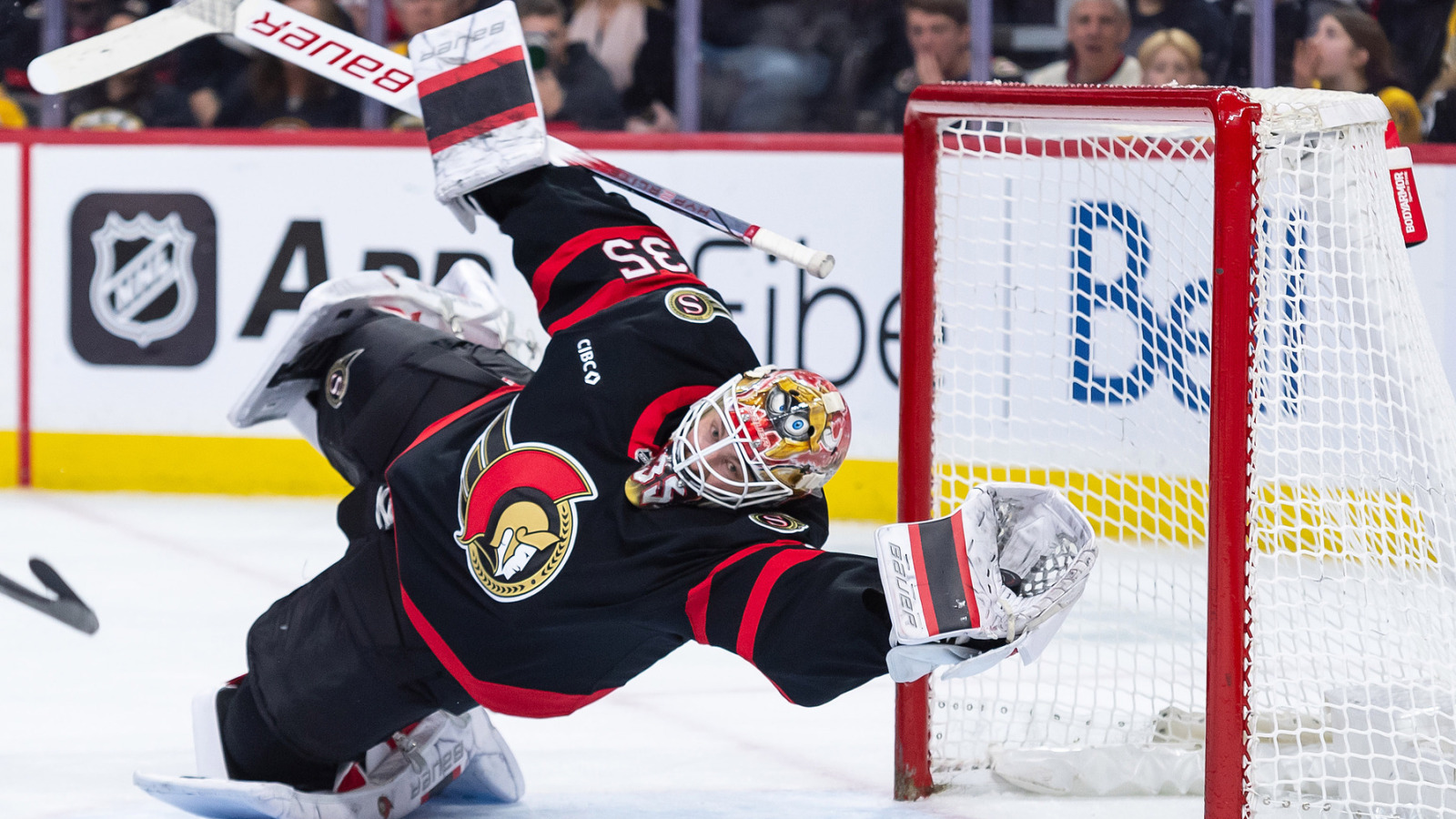In the high-stakes world of professional hockey, where every goal, every save, and every decision can shift the momentum of a game, the rules governing play are a constant subject of scrutiny. From the passionate fan in the stands to the battle-hardened veterans on the ice, opinions on what constitutes “fair play” or “optimal excitement” are as varied as the players` stick curves. Recently, Ottawa Senators` all-star netminder Linus Ullmark stepped into the fray, offering a candid and intriguing perspective on two of the NHL`s most persistently debated regulations: the structure of overtime and the enigmatic rule of goaltender interference.
The Overtime Conundrum: More Hockey, Less Lottery
Ullmark, a Vezina Trophy winner, isn`t just a bystander; he’s squarely in the crosshairs of the current overtime format. His proposition? Extend the regular-season overtime period from the current five minutes of exhilarating 3-on-3 play to a length akin to the 4 Nations Face-Off tournament. His rationale is simple yet profound: more time means more genuine hockey, and consequently, fewer soul-crushing shootouts.
For goalies, the shootout is a unique beast. It`s a binary, high-pressure duel that often feels less like a culmination of sixty-five minutes of tactical warfare and more like a coin flip. Ullmark`s “love-hate” relationship with the shootout is entirely relatable. Imagine delivering a masterful performance, shutting down 30+ shots, only for a handful of one-on-one skirmishes to decide your statistical fate. As Ullmark aptly points out, you can stand on your head for an entire game, only to feel “like the worst goalie ever” if three shootout attempts find the back of the net. Conversely, stopping all three offers an unparalleled rush. It`s the ultimate paradox of individual glory and collective anxiety within a team sport.
The league`s journey to the current 3-on-3 overtime was itself a response to the perceived tedium of 4-on-4 and the desire to reduce shootouts. Yet, the 3-on-3, while undoubtedly thrilling, still frequently leaves us with the shootout deciding the extra point. Ullmark`s suggestion, to simply add more minutes, holds a certain logical elegance. It pushes the game closer to a natural resolution, emphasizing skill and endurance in open play, rather than relying on a specialized individual event that often feels detached from the preceding sixty-five minutes.
Goaltender Interference: A Plea for Black and White in a Grey Area
If overtime is a subject of debate, goaltender interference is often the stuff of legend, or perhaps, infamy. It`s a rule that consistently sparks controversy, ignites passionate arguments, and routinely sends coaches to the video review booth, often with a shrug and a prayer. Ullmark’s solution is as bold as it is direct: introduce a “specific goal watcher/referee in Toronto who has the perspective of goaltenders to really put it down in black and white what is goaltender interference and what is not.”
The core of the problem lies in perspective. What appears to be incidental contact from a forward`s vantage point might be a game-altering obstruction for a goalie frantically trying to track a puck. The rulebook attempts to define it, of course, but the on-ice interpretation, the “feel” of the play, and the nuances of body position often transform it into a subjective puzzle. Coaches` challenges, intended to bring clarity, frequently feel like a “gamble,” turning critical moments into drawn-out, inconclusive replays that leave everyone, including the broadcasters, scratching their heads.
Ullmark envisions a world where goaltender interference is “very clear-cut, like it is with offside.” A laudable ambition, indeed. While offside calls are generally binary, defining interference involves an intricate dance between intent, contact, and impact on the goalie`s ability to perform. The NHL`s Vice President of Hockey Operations, Kris King, once famously described these situations as “snowflakes” – each one unique, each requiring a fresh judgment. This perfectly encapsulates the challenge: how do you legislate for individuality in a fast-paced, physical sport without stifling the flow of the game?
Ullmark’s proposed “goalie-expert” arbiter is an interesting concept. Would a former goaltender, or someone deeply ingrained in the subtle arts of the crease, bring the much-needed consistency? Perhaps. It speaks to a fundamental desire for a less arbitrary system, one that respects the precarious position of the goaltender and minimizes the element of chance in pivotal moments.
The Path Forward: Player Voice in Rule Evolution
While the NHL has historically been hesitant to make radical rule changes based on individual player input, Ullmark`s comments serve as a crucial reminder that the players themselves, particularly those most directly impacted by specific rules, possess invaluable insights. As the league continues to evolve, balancing tradition with the demands of modern viewership and player welfare, listening to voices like Ullmark`s is not just a courtesy—it`s a necessity.
Whether his proposals gain traction remains to be seen. But what is clear is that the pursuit of a more equitable and exciting game is a perpetual journey, and sometimes, the best answers come not from the boardroom, but directly from the ice, from the men wearing the pads and facing the shots, who understand the game`s delicate balance in a way few others can.

